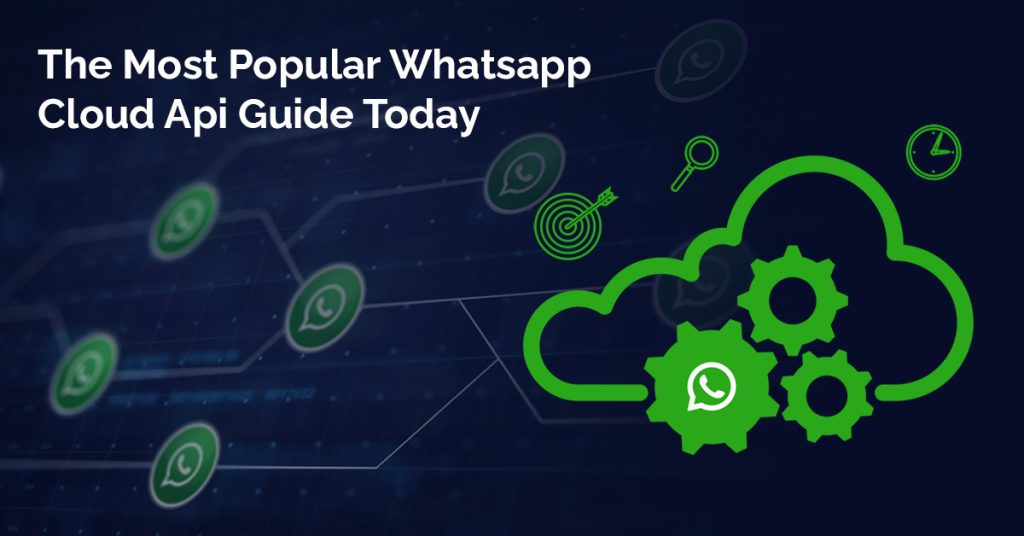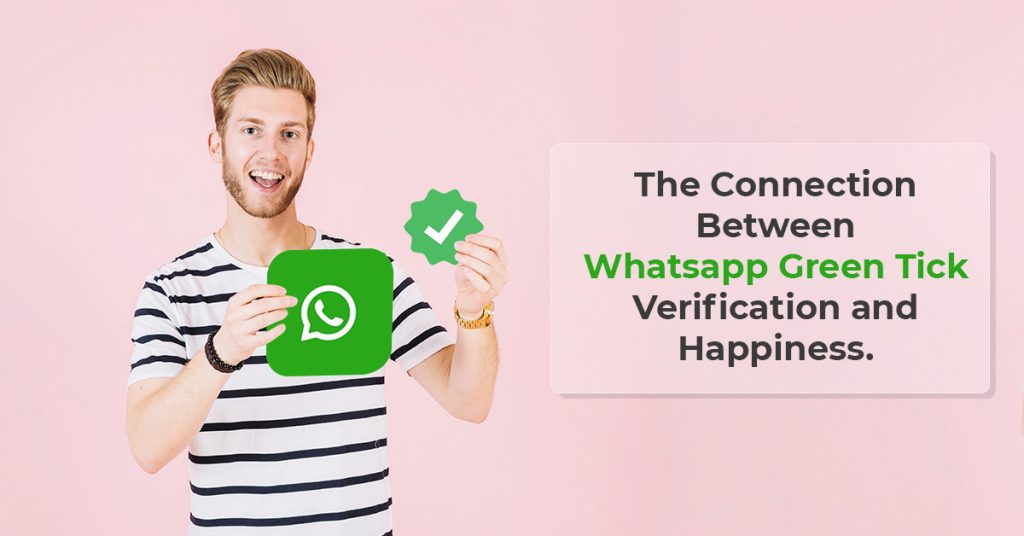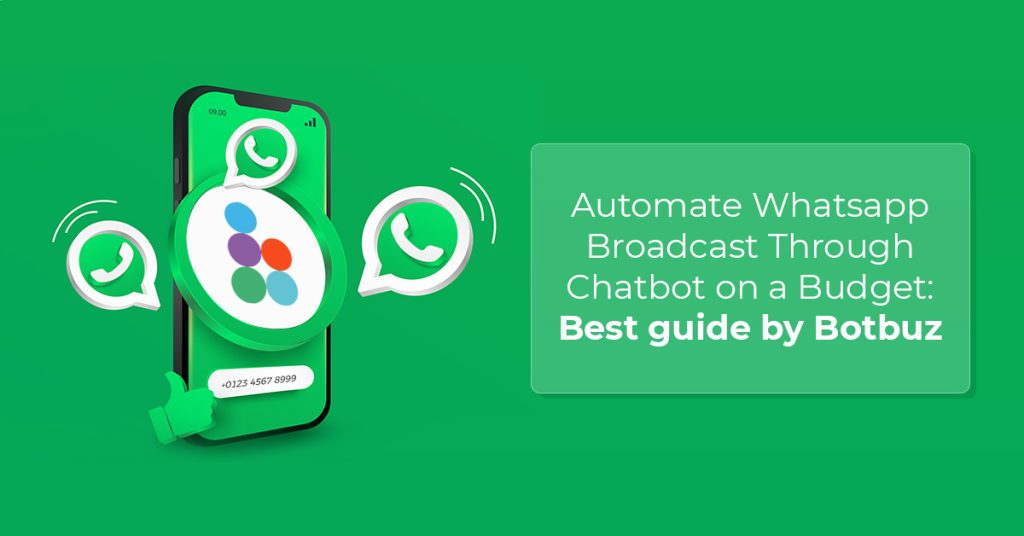- Offline to Online Customer Acquisition : Bridging the Gap
- WhatsApp : A Powerful Tool for Offline to Online Strategy
- WhatsApp Business : Transforming Offline to Online Customer Acquisition
- Setting Up WhatsApp Business API for Customer Acquisition :
- Bridging the Gap with Botbuz WhatsApp Chatbot :
Offline to Online Customer Acquisition : Bridging the Gap
In today’s digitally driven world, the lines between offline and online customer interactions are blurring rapidly. Businesses are increasingly recognizing the need to seamlessly integrate their physical and digital touchpoints. Thus, creating a cohesive customer experience.
This shift has given rise to the concept of offline to online (O2O) customer acquisition. It focuses on converting traditional customers into loyal online patrons. Offline-to-Online (O2O) customer acquisition is the process of converting traditional, brick-and-mortar customers into online customers. It involves strategically bridging the gap between physical and digital touchpoints. Thus, creating a seamless customer journey.
The Imperative of Seamless Customer Experience
A seamless customer experience is paramount in today’s competitive landscape. Consumers expect consistency and convenience across all touchpoints, whether it’s in-store, online, or on mobile. By delivering a unified and enjoyable experience, businesses can foster customer loyalty. It also helps in increasing brand advocacy, and drive sales.
WhatsApp : A Powerful Tool for Offline to Online Strategy
WhatsApp, with its massive user base and high engagement rates, has emerged as a potent tool for businesses. It helps in connecting with customers on a personal level. Its versatility allows for various applications, from customer support and marketing to sales and promotions. By integrating WhatsApp into an Offline to online strategy, businesses can enhance customer interactions, build trust, and ultimately drive conversions.
Why WhatsApp ?
WhatsApp has undeniably become a global phenomenon, boasting billions of active users worldwide. This massive user base represents a vast potential customer pool for businesses across various industries. The platform’s popularity is attributed to its simplicity, reliability, and cross-platform compatibility. Thus, making it an integral part of people’s daily lives.
WhatsApp Business : Transforming Offline to Online Customer Acquisition
WhatsApp, with its vast user base and high engagement rates, has emerged as a powerful tool for businesses to connect with customers on a personal level. By leveraging its features, businesses can effectively bridge the gap between offline and online interactions, driving customer acquisition and enhancing overall customer experience.
Interactive Product Recommendations
How WhatsApp can facilitate personalized product recommendations :
- Utilize customer data to create tailored recommendations. It is on the basis of purchase history, browsing behavior, and preferences.
- Employ AI-powered algorithms to analyze customer interactions and suggest relevant products.
- Segment customers based on demographics, interests, and purchase patterns to deliver targeted recommendations.
Examples of interactive features that engage customers :
- Product carousels : Showcase multiple products in a single message. It allows customers to easily browse and select.
- Quick reply buttons : Provide options for customers to express interest or request more information.
- Interactive menus : Guide customers through a product selection process with clear choices.
Real-Time Support
Providing instant customer support through WhatsApp :
- Offer 24/7 availability to address customer inquiries promptly.
- Utilize chatbots for initial query handling and escalate complex issues to human agents.
- Provide tracking numbers and order updates through WhatsApp.
Benefits of real-time communication for customer satisfaction :
- Increased customer satisfaction due to quick response times.
- Improved customer loyalty through personalized and efficient support.
- Enhanced brand reputation by demonstrating responsiveness.
Quizzes and Surveys
Using WhatsApp to conduct engaging quizzes and surveys:
- Create interactive quizzes to gather customer preferences and interests.
- Conduct surveys to collect feedback on products, services, and customer experience.
- Offer incentives to encourage participation, such as discounts or exclusive offers.
Gathering valuable customer insights and feedback :
- Identify customer needs and preferences to inform product development.
- Measure customer satisfaction and identify areas for improvement.
- Gain insights into customer behavior and buying patterns.
Product In-Stock Notifications and Ongoing Tips
Keeping customers informed about product availability :
- Send real-time notifications when desired products are back in stock.
- Offer pre-order options for out-of-stock items.
- Provide estimated delivery times for in-stock products.
Sending regular updates and tips to maintain engagement:
- Share product usage tips and care instructions.
- Offer styling advice or recipe ideas related to products.
- Promote limited-time offers and exclusive deals.
QR Codes
Integrating QR codes with WhatsApp for easy access and interaction:
- Print QR codes on product packaging, store signage, and marketing materials.
- Link QR codes to WhatsApp chats, product information, or customer surveys.
- Offer exclusive discounts or promotions through QR code scans.
Examples of effective QR code usage in offline and online strategies :
- Direct customers to WhatsApp for product inquiries or support.
- Provide access to online product catalogs and reviews.
- Collect customer feedback and contact information.
By effectively implementing these strategies, businesses can leverage WhatsApp as a powerful tool to acquire new customers, build strong relationships, and drive sales.
Setting Up WhatsApp Business API for Customer Acquisition :
Step 1 : Set Up Your Business Accounts and Websites
Create and verify your WhatsApp Business account :
- Determine the appropriate WhatsApp Business solution : WhatsApp Business App for smaller businesses or WhatsApp Business API for larger enterprises.
- Provide necessary business information, including legal name, address, and phone number.
- Complete the verification process to gain access to advanced features.
Ensure your website is optimized for WhatsApp integration :
- Add a clear and prominent WhatsApp contact button or chat widget.
- Implement click-to-WhatsApp links on product pages or call-to-action buttons.
- Optimize website content to encourage WhatsApp conversations.
Step 2 : Fill in Your Details
Complete profile information for WhatsApp Business :
- Add your business name, address, description, website, and profile picture.
- Choose relevant business categories to improve discoverability.
Craft a compelling business description and contact details :
- Clearly communicate your value proposition and unique selling points.
- Provide accurate and up-to-date contact information, including email and phone number.
Step 3 : Integrate with the Features
Connect WhatsApp with CRM systems and marketing tools :
- Integrate with your existing CRM to manage customer data and interactions.
- Connect with marketing automation platforms for streamlined campaigns.
- Utilize analytics tools to track performance and optimize strategies.
Set up automated responses and message templates :
- Create welcome messages, frequently asked questions (FAQs), and other automated responses.
- Develop pre-approved message templates for efficiency and compliance.
- Personalize templates with dynamic variables for a more engaging experience.
Step 4 : Define Your Mission
Establish goals and objectives for your WhatsApp strategy :
- Clearly define what you want to achieve with WhatsApp. For e.g., increased customer acquisition, improved customer satisfaction.
- Set specific, measurable, achievable, relevant, and time-bound (SMART) goals.
Align WhatsApp initiatives with overall business objectives :
- Ensure your WhatsApp strategy supports your broader business goals.
- Integrate WhatsApp into your customer journey and marketing funnel.
Bridging the Gap with Botbuz WhatsApp Chatbot :
Introduction to Botbuz chatbot and its capabilities :
Botbuz is a leading platform specializing in creating and managing WhatsApp chatbots.
It empowers businesses to automate customer interactions. It also enhances engagement, and drives conversions through the popular messaging app.
Key capabilities of Botbuz include :
Intuitive chatbot builder : Create complex chatbots without coding knowledge.
Natural Language Processing (NLP) : Understand and respond to customer queries in natural language.
Integration with CRM and marketing tools : Sync customer data and automate marketing campaigns.
Analytics and reporting : Track chatbot performance and measure ROI.
Multi-language support : Reach a global audience with multilingual chatbots.
How Botbuz can enhance your WhatsApp customer acquisition strategy ?
Botbuz can significantly boost your customer acquisition efforts by :
24/7 availability : Provide instant responses to customer inquiries, even outside business hours.
Lead generation : Qualify leads and capture valuable customer information.
Personalized recommendations : Offer tailored product suggestions based on customer preferences.
Efficient onboarding : Guide new customers through the purchase process.
Cross-selling and upselling : Increase average order value with targeted promotions.
Customer engagement : Build relationships through interactive conversations and campaigns.
Use cases of successful implementations with Botbuz :
While specific case studies might require additional research, here are some potential examples of how Botbuz can be used to drive customer acquisition :
E-commerce : A fashion retailer can uses Botbuz to create a chatbot. It recommends outfits based on customer style preferences. Thus, leading to increased sales and customer loyalty.
Travel industry: An airline can utilizes Botbuz to offer real-time flight information. It helps in booking assistance, and provides personalized travel recommendations. Thus, resulting in higher conversion rates.
Financial services: A bank can employ Botbuz to provide financial advice, answer customer queries, and facilitate account opening. Thus, attracting new customers and improving customer satisfaction.
Healthcare: A healthcare provider can uses Botbuz to schedule appointments. It provides health information, and answer patient questions. Thus, increasing patient engagement and satisfaction.
By using Botbuz’s capabilities, businesses can effectively harness the power of WhatsApp to acquire new customers. It helps in building strong relationships, and drives growth.
Conclusion :
WhatsApp has evolved from a personal messaging app to a potent tool. It helps businesses to connect with customers on a personal level. By seamlessly bridging the gap between offline and online interactions, businesses can effectively acquire new customers. It helps in fostering loyalty, and drive sales. The integration of chatbots like Botbuz further amplifies this potential. It allows for automated, personalized, and efficient customer engagement.
It helps to provide interactive product recommendations, real-time support, engaging quizzes and surveys. It also provides timely product updates, and strategic QR code integration. Thus, businesses can create a holistic customer experience. This data-driven approach, combined with the intimate nature of WhatsApp, empowers businesses to understand customer needs better, tailor their offerings accordingly. Thus, ultimately achieve sustainable growth.
As technology continues to advance, the role of WhatsApp in customer acquisition will only expand. By embracing this platform and its capabilities, businesses can position themselves at the forefront of modern marketing and customer relationship management.
Ultimately, the success of a WhatsApp-based customer acquisition strategy hinges on understanding customer needs, delivering value, and building lasting relationships.




